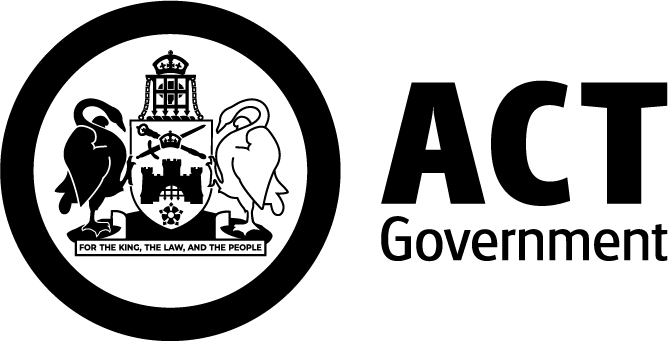Wildlife friendly netting
Netting is a popular way to keep animals and birds away from fruiting plants. Sometimes native wildlife can get tangled in netting if the mesh is too large.
Unsafe fruit-tree netting is banned in the ACT. Wildlife safe fruit-tree and vegetable garden netting is mandated in the ACT under the Nature Conservation Amendment Act 2023.
Netting must have a mesh size of 5 mm x 5 mm or smaller. If you can easily poke your finger through the mesh of your netting, it's likely that animals can become tangled in it. Fines may be issued to residents and businesses who don’t follow these laws.

Figure 1: An example of wildlife safe netting that passes the 'finger test'.

Figure 2: An example of unsafe wildlife netting, with mesh large enough for fingers to poke through.
Dangers of unsafe netting
Birds and bats can easily become caught in netting while they try to reach fruit. Lizards and snakes can get caught in netting draped on the ground. Animals that become caught often panic and struggle to free themselves. This can cause serious injury and sometimes death.
The Grey-headed Flying-fox is an example of a vulnerable species that can be impacted by unsuitable netting. They're an important species that play a role in pollination and dispersing seeds. When their natural food sources become scarce, they feed on fruit trees, sometimes trees covered in netting.
When and how to use netting
You can prepare your netting once your tree has flowered and tiny fruits appear. You won't need netting if the flowers haven't been fertilised yet as they won't attract hungry wildlife.
Follow the guidelines below to use netting on your trees safely:
- Tie your netting tightly around the trunk of your tree to ensure there are no gaps for wildlife to enter. If you're combining more than one net, keep these stitches tight.
- If you're using a frame, construct it larger than the tree you’re netting to prevent birds pecking through.
- Consider covering individual fruits or branches, rather than the whole tree.
- Use netting sleeves for bags to reduce the risk of animals becoming tangled as this also makes it easier to harvest your fruit.
- When you dispose of old netting, use a strong biodegradable bag and place it in a general waste bin.
Get help with trapped or injured animals
If you find an animal or bird trapped in your netting, don't try to free it yourself. You might risk further injury, and this can be extremely distressing for wildlife. Animals can quickly die from shock.
For professional assistance if you find an injured or trapped animal, contact ACT Wildlife or Access Canberra.
